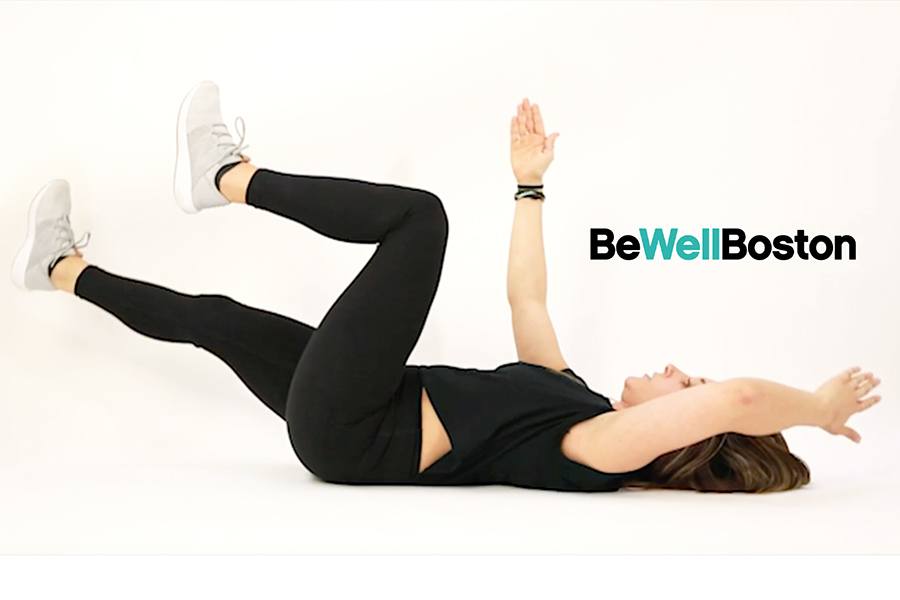You Might Be Doing Core Exercises Wrong. Here’s Why
We demonstrate how to work your core properly in this video.

Photo credit Amanda Lucidi
As a certified strength coach, I work with clients on everything from learning how to squat to mastering a pull-up and even deadlifting well over their body weight. But none of these things can be done safely and effectively if someone doesn’t know how to control (and brace) their core properly.
It’s easy to cheat when performing any type of core exercise by using other muscles (largely your hip flexors) and body parts (mostly lower back) for stability and support. And anyone who tells you that it’s easy to hold a plank for longer than a minute probably isn’t actually doing a plank correctly. In order to fully utilize your core, there are a couple things that need to happen.
First, you need to think about what your hips and ribcage are doing. As I show in the video below, you want to think about your pelvis and ribcage as bowls that if, flipped to face each other, would sit perfectly on top of one another to create a strong canister shape, enclosing and protecting your organs and spine. Think about your hips as a bowl facing upright and your ribcage as a bowl facing downwards. If the bottom bowl (aka your pelvis) is tilted, either anteriorly (meaning you’re sticking your butt out) or posteriorly (the other way), the top bowl tilts as well, and you lose your sturdy canister, putting your body in a potential position for injury.
Next, you want to think about your breath. Most of us tend to breathe into our shoulders and trapezius muscles in our upper back and neck (hello, stress!), but when we do most core exercises, think about taking a deep belly breath into your diaphragm, the small muscle at the base of your chest. You want to feel your belly and sides expand and fill with air.
In the video below I am performing a dead bug exercise where I am lying on my back with my legs and arms in the air. Before I start the movement, I take a big breathe into my belly and brace as if someone were about to punch me in the stomach. As my limbs extend, I breathe out. This intra-abdominal pressure I am creating by bracing transfers to movements like squats and deadlifts to protect my spine and maintain the stacked position of my core, making the exercise effective and safe.
Lastly, slow down your core exercises. Obviously, stationary core exercises like the plank don’t apply, but for exercises like the dead bug, really think about what your pelvis and ribcage are doing and where you’re feeling the exercise. If it’s mostly in your lower back, arms, or hip flexors, reset your body by tucking your hips and bringing your ribcage down so you’re maintaining that strong canister position and working the intended muscle group: your core.
Questions? Let me know.
Video by Amanda Lucidi


